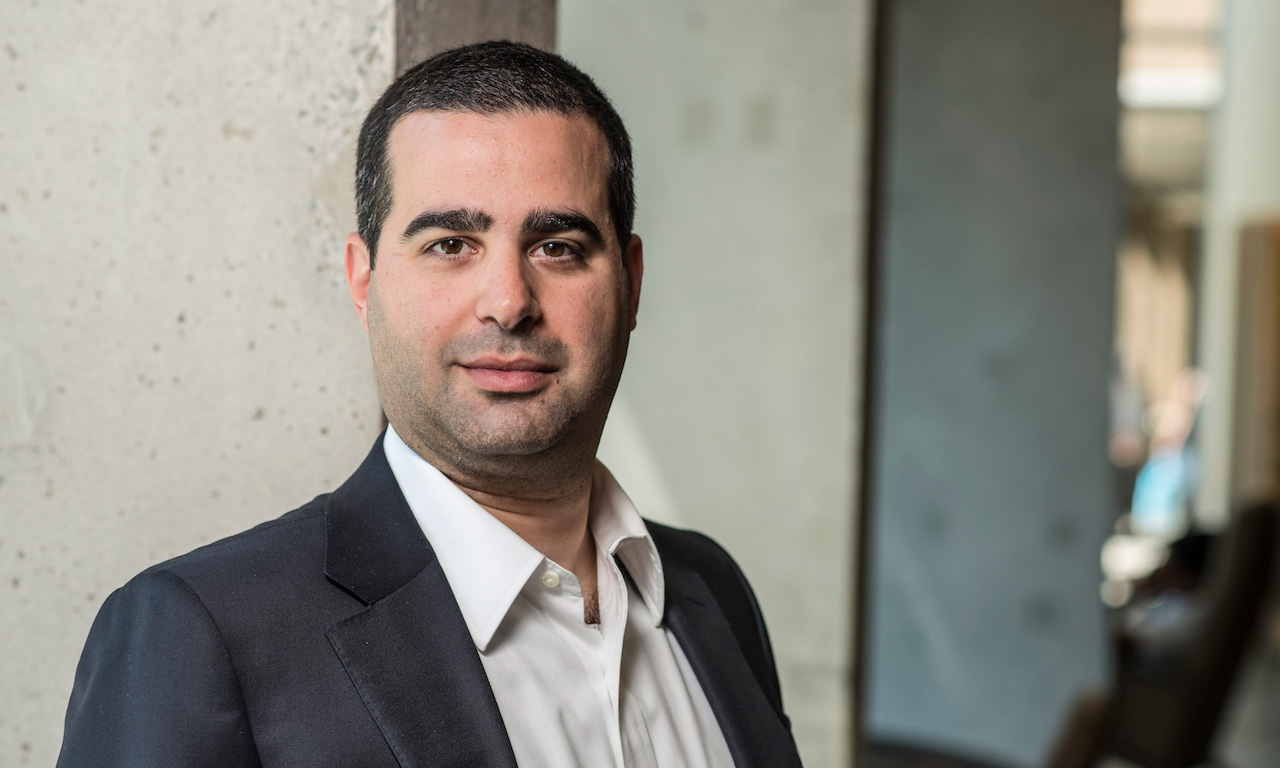A North American first: Sunnybrook researchers use deep-brain stimulation to treat alcohol use disorder in new trial
For the first time in North America, Sunnybrook researchers are studying the use of deep brain stimulation (DBS) for treatment-resistant alcohol use disorder (AUD).
AUD occurs when a person cannot control how much alcohol they consume. Powerful cravings and symptoms of withdrawal perpetuate drinking. Withdrawals can be so severe that patients may experience seizures or require hospitalization. Despite treatments such as detoxification, psychotherapy, and medication, the rate of relapse is 75%.
“Alcohol use disorder is a chronic and debilitating disease which affects nine to 14% of Canadians,” says Dr. Nir Lipsman, neurosurgeon and director of the Harquail Centre for Neuromodulation at Sunnybrook Health Sciences Centre. “It is the leading risk factor for disease in Canadians aged 15-49."
The trial will investigate the safety and efficacy of DBS for treatment-resistant AUD. DBS is a neurosurgical procedure that involves the administration of small amounts of electricity to disrupt abnormal activity of brain structures associated with the disease. For refractory AUD, the focus is on the nucleus accumbens, a region of the brain, that plays a role in addiction.
In Canada and around the world, DBS has been used to alleviate symptoms of Parkinson’s disease, essential tremor and obsessive-compulsive disorder.
“This is a new frontier in the future treatment of alcohol use disorder,” says Dr. Lipsman. “Our investigation into the safety of deep brain stimulation in treating this disease will be a key factor in helping patients who aren’t responding to therapy and medication, and may one day offer another option for treatment.”
Five participants will be enrolled in the one year study. For more information on trial eligibility, please contact Anusha Baskaran at harquailcentre@sunnybrook.ca
Media contact:
Jennifer Palisoc
Sunnybrook Communications & Stakeholder Relations
jennifer.palisoc@sunnybrook.ca
416-480-4040
Learn more about deep brain stimulation in our patient FAQ »






